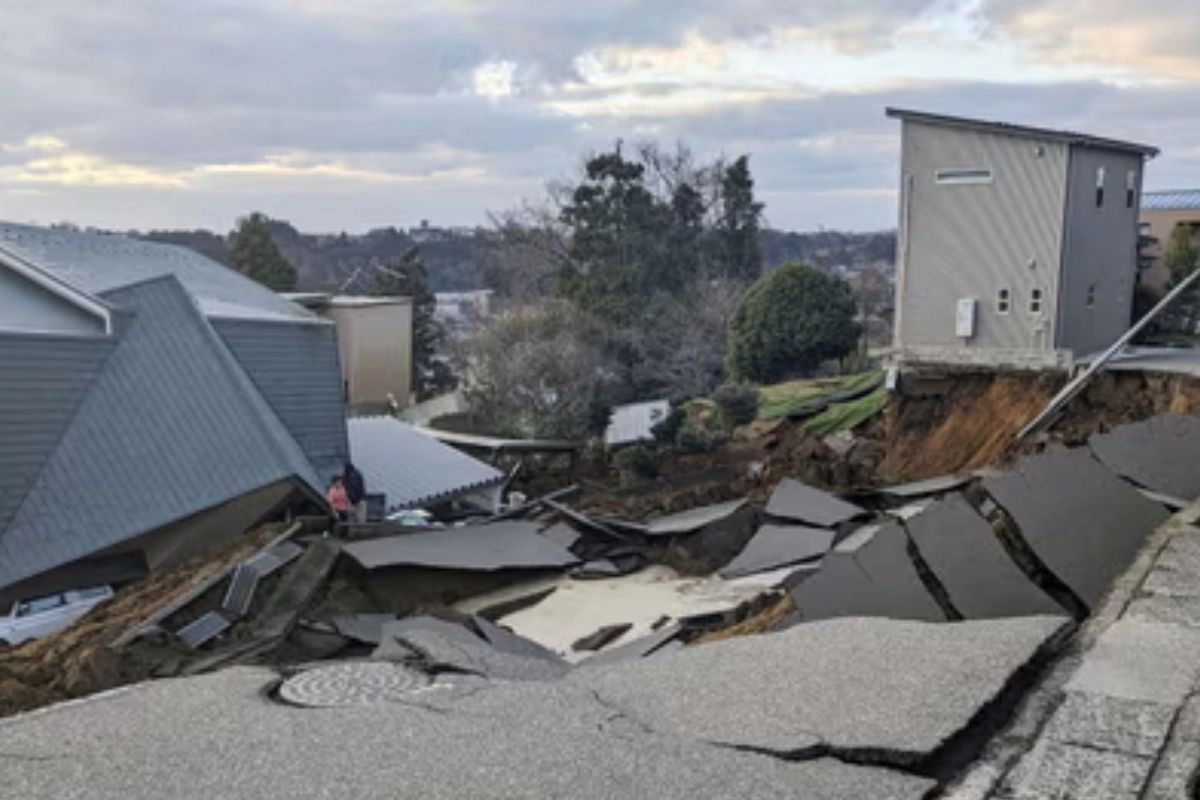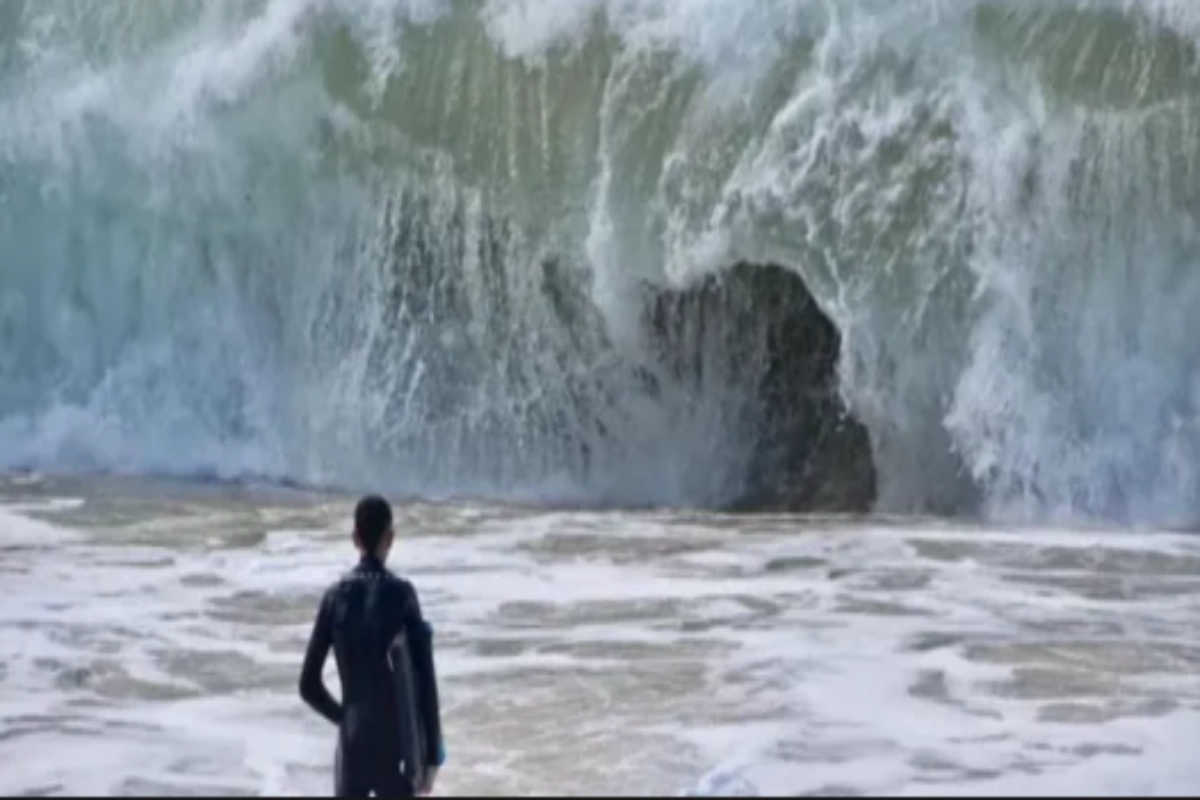Japan grapples with the aftermath of a devastating earthquake, as the death toll climbs to 62. The recent seismic event, marked by a 7.5-magnitude quake in Ishikawa prefecture on January 1, triggered tsunamis, fires, and extensive damage. As rescue efforts intensify, the region faces additional threats of landslides and heavy rain, amplifying the challenges in the ongoing crisis.
Impact on Noto Peninsula
The Noto Peninsula witnessed severe destruction, with hundreds of buildings in towns like Wajima and Suzu ravaged by fires and reduced to ruins. Satellite images vividly capture the stark before-and-after scenes, underscoring the scale of devastation.
Human Toll and Rescue Operations
The confirmed death toll stands at 62, with over 300 individuals injured, including 20 in critical condition. Rescue teams, contending with aftershocks and adverse weather conditions, race against time to sift through rubble. The number of casualties is expected to rise, as more than 31,800 seek refuge in shelters.
Government’s Urgent Appeal
Prime Minister Fumio Kishida emphasizes the critical window for saving lives, urging heightened rescue efforts. Local authorities, police, firefighters, and additional resources, including rescue dogs, are mobilized. The government’s emergency task force coordinates responses to address the urgent needs of affected communities.
Challenges and Weather Warnings
Rescue operations face challenges compounded by the Japan Meteorological Agency’s heavy rain warning in the affected area. Authorities caution against potential landslides, emphasizing the urgency of rescue operations amidst evolving weather conditions.
City of Suzu’s Dire Situation
Mayor Masuhiro Izumiya describes the situation in the coastal city of Suzu as catastrophic, with almost no houses standing. Reports suggest that about 90 percent of houses in the town are either completely or nearly destroyed, underscoring the gravity of the disaster.
Power Outages and Infrastructure Impact
Ishikawa prefecture grapples with widespread power outages, affecting nearly 34,000 households. Water supply disruptions add to the challenges faced by many cities. While Shinkansen bullet trains and highways have resumed operations, the recovery process remains extensive.
Historical Context and Earthquake Frequency
Japan, accustomed to seismic activity, experiences hundreds of earthquakes annually, most causing no significant damage. However, the Noto Peninsula region has seen a steady increase in earthquake frequency since 2018, according to a government report. This disaster echoes the traumatic 2011 undersea quake that triggered a devastating tsunami and a nuclear disaster in Fukushima.
Keep watching our YouTube Channel ‘DNP INDIA’. Also, please subscribe and follow us on FACEBOOK, INSTAGRAM, and TWITTER








